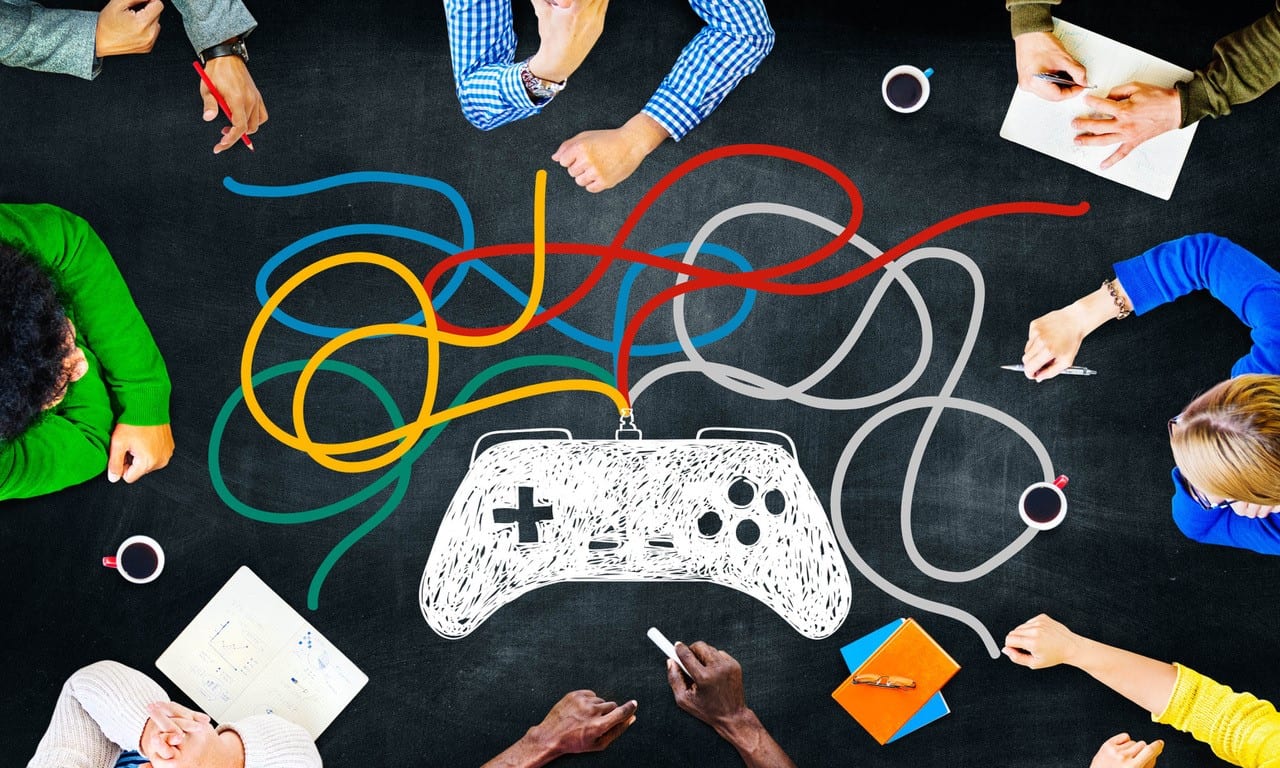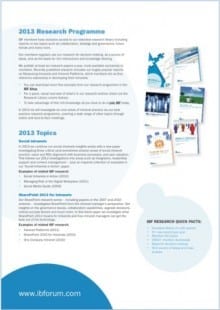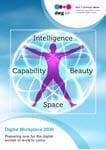Has gamification become normalized in the digital workplace?

Back in 2011, I wrote a blog post which looked at whether gamification was going to be just a passing fad or become a permanent feature in the digital workplace. At the time, the term gamification – effectively the use of gaming techniques for things that aren’t games – was receiving the sort of hype and media fixation currently reserved for AI and bots. When considering whether gamification was going to grow into something more than a buzzword, the article concluded: “the tools are out there, seem to be working and are here to stay… perhaps gamification can find the appropriate level [of value] within an organization to work very well.”
Seven years on and, to a certain extent, gamification is indeed now normalized within the digital workplace. It appears within different factors such as:
- interface design to nudge you into action – for example, features to display your progress to encourage you to complete something
- engagement levers, such as badges and points, which help drive adoption – for example, in collaboration and ideation
- employee recognition systems, which collect peer-to-peer feedback
- learning, with testing, scoring and often the use of specific games, to reach learning objectives
- processes such as recruitment which uses gaming techniques to filter candidates.
This view that gamification has become a permanent feature across the digital workplace is confirmed by Gartner’s 2017 Digital Workplace Hype Cycle, where the term is an item on the “Slope of Enlightenment”, a sign that a level of maturity around products and practises has been achieved so that organizations can start to achieve real value from gamification.
Some of the leading vendors in the space are also still around. Bunchball, an early provider of gamification software is still happily marketing its services specifically around the term “gamification”.
It’s a tactic not a strategy
While gamification is still very much here, it hasn’t become the huge focus area some predicted. Bunchball, for example, hasn’t been acquired by a big IT vendor, and the term doesn’t feature massively in the client offerings from the likes of Microsoft and Google, or leading digital workplace consultancies such as Avanade or Accenture, even though internally Accenture has had a successful enterprise gamification programme to drive collaboration.
Instead, gamification has matured as a useful tactic that can help drive engagement and adoption when correctly executed. I believe any claims that gamification either had the potential to successfully impact and influence organizational strategy and design were highly overblown. Instead, gamification has normalized in the digital workplace, away from the spotlight.
Embedding gamification in design and processes
A case in point is the world of interface design. The practice of displaying website achievements to encourage usage is now commonplace, the theory being that these help give users what UX designer Priscilla Esser describes as the “incentive to persevere with a task”. Achievements can also be used to enhance the online community experience, as well as to help reflect a user’s history and interactions. As gamification matures, perhaps it just becomes part of what designers do in order to make a website engaging. Some have also argued that the term “gamification” is the wrong one, preferring a phrase like “Motivational Design”.
Another interesting development is the use of gamification in recruitment. Since 2016, Unilever has been using “psychometric games” (as well as video interviews and AI) to help filter candidates before asking them for a physical interview, a process which has increased efficiency and also helped with diversity. Again, gamification is just one of the tactics that have been deployed across the process to make it more efficient.
The future of gamification
With gamification now normalized in various aspects of the digital workplace, its future as an effective engagement, adoption or nudge tactic looks highly likely. And, with the onset of AI and ever-increasing amounts of personal data being produced at work, there is the possibility of gamifying further aspects of the digital workplace. This has the potential to be both exciting and dangerous.
For example, at Uber, where many of the interactions and touchpoints between company and drivers are digital and done through an app, some potentially questionable gamification tactics (or as the New York Times described it “psychological tricks”) were employed to experiment with driver motivation. As drivers are technically independent contractors, there was little protection for them.
And, as we move around the digital workplace, with every action and interaction recorded and processed, not to mention our movements in the physical world also possibly tracked, the potential to use AI to design highly personalized gamified interventions to motivate and make us more efficient is increasingly possible. On the one hand, this has lots of potential benefits, while on the other, the workplace may start to resemble a huge psychological experiment.
A permanent feature
Returning to my original post from 2011, I’d say that gamification has proved to be a permanent feature in the digital workplace rather than a passing fad. While there is still some “faddism” around the term, we may expect some common practices around design and engagement to start to lose the “gamification” tag as they stop being a novelty and are just accepted as effective tactics… at least until someone invents a new buzzword to describe these practices.
RESEARCH AND RESOURCES
- FREE REPORT: Digital workplace integration: Key approaches to drive benefits
- PODCAST: Digital Workplace Impact – What 7-year-olds need to learn now to thrive in an AI world of work
- FREE EXECUTIVE SUMMARY: Measuring the digital workplace: The power of metrics in the digital workplace
TAKE THE NEXT STEP
Digital Workplace
2030 Report
Categorised in: Metrics & measurement, Strategy & governance, Usability & design


